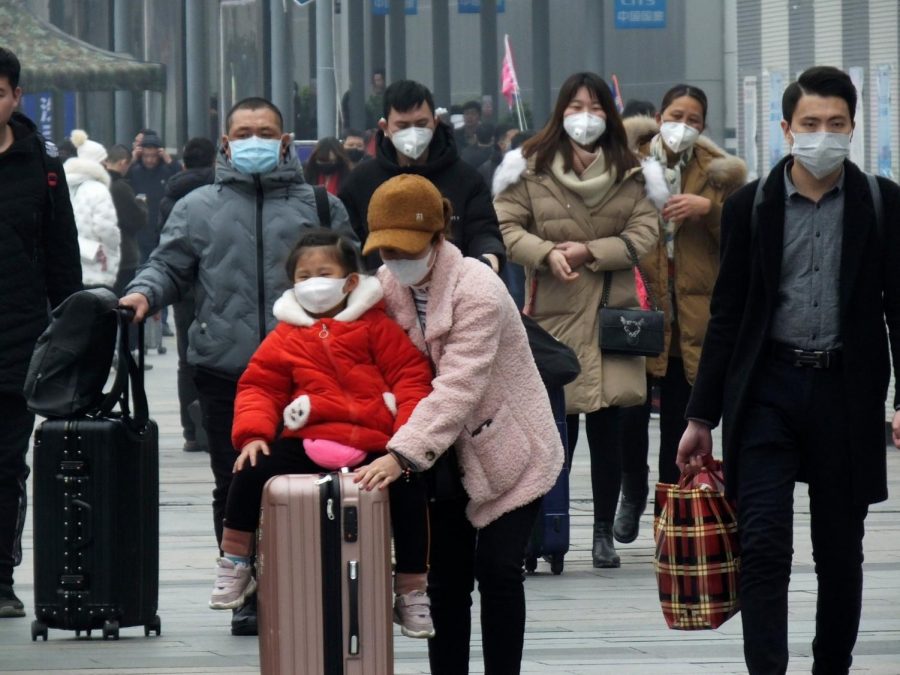The Wuhan Coronavirus: A Deadly Worldwide Outbreak
January 24, 2020
As the Chinese Lunar New Year approaches on January 25, hundreds of millions of people in China are traveling in and out of the country. The holiday is described as the world’s largest annual human migration, but it’s coming with a concern that stretches far beyond China. The new, novel coronavirus first discovered in the city of Wuhan has affected at least 830 people by causing a pneumonia-like illness and resulted in 25 deaths. It has been spreading overseas as well; additional cases have been reported in Japan, South Korea, Thailand, Singapore, Taiwan, and the United States. Investigators in other countries like Saudi Arabia and Mexico are testing for possible cases.
Those initially affected by the virus had been to a large seafood and animal market, though researchers are still conducting tests to confirm the virus’ origin. It comes from the same family as SARS (severe acute respiratory syndrome) and MERS (Middle East respiratory syndrome). They spread easily through human to human contact, and the coronavirus is spreading faster than expected. These viruses are usually found in animals, either domestic or wild.
There are currently no reliable treatments or vaccines available to eradicate the virus. The timing is particularly unfortunate since, according to CNN, tens of millions of people are heading home to visit family by air, train, sea, and car—an estimate of 3 billion trips. For the time being, Chinese authorities are enhancing airport and train screenings to contain the virus.

Wuhan and other affected cities are in a lock-down, and all out-bound trains and planes are cut off. As of Thursday, the World Health Organization declined to declare a global emergency. They will reconsider their decision within ten days, most likely agreeing that this is a critical situation.

















































































































































